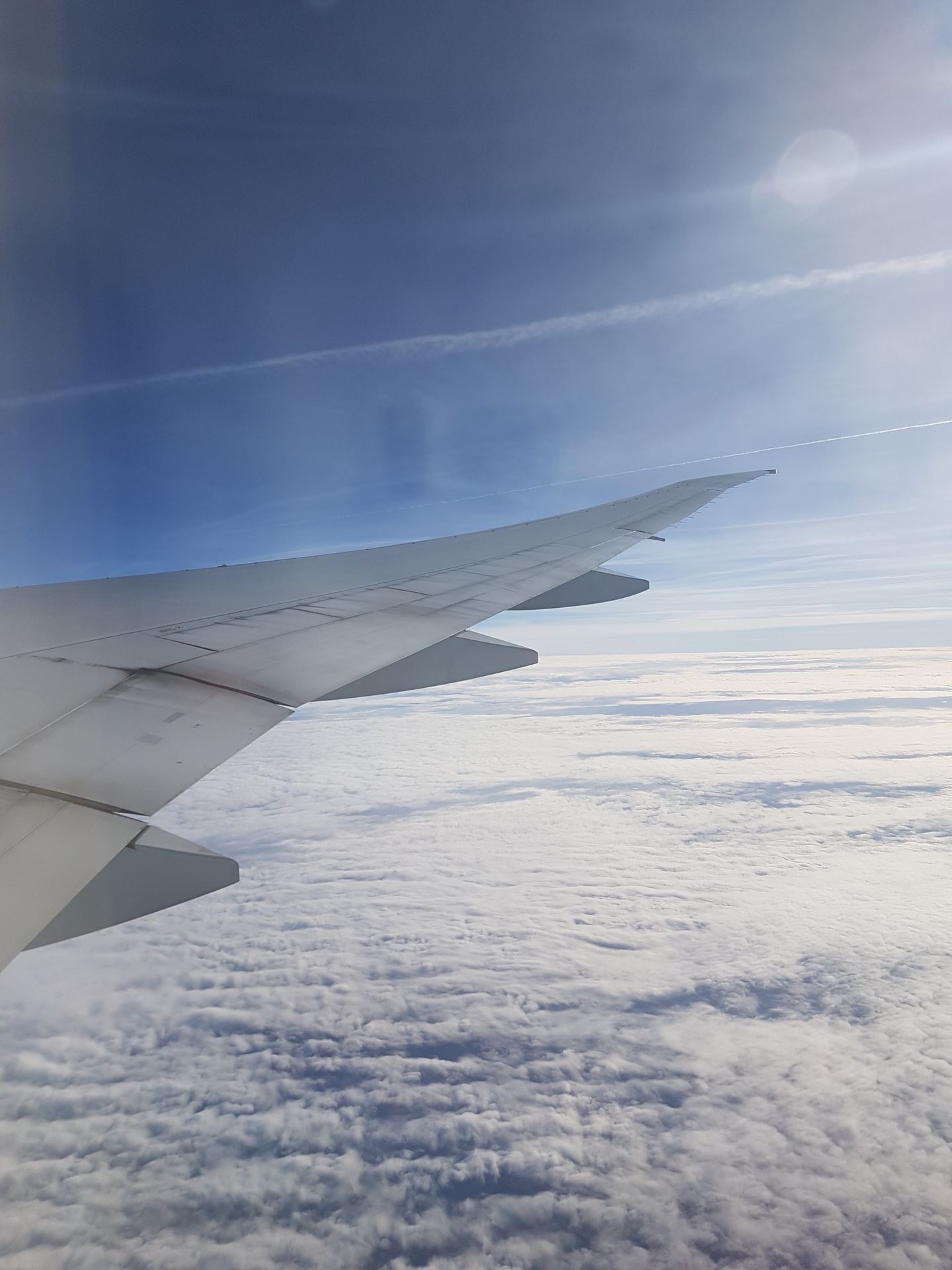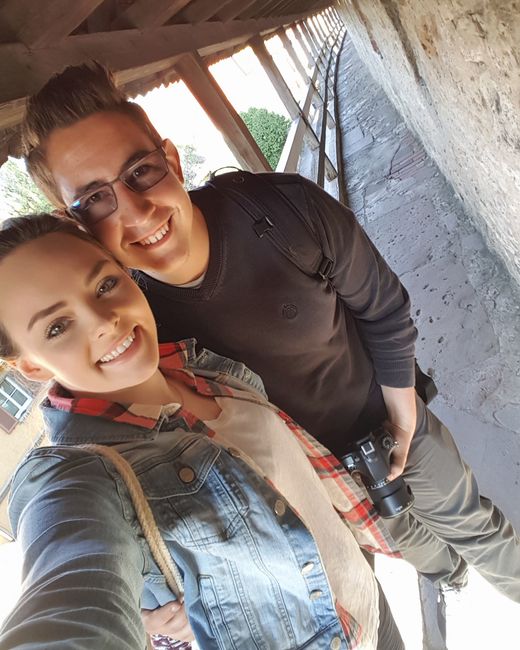23/11/2017 - Sightseeing in Whangarei - Abbey Caves
已发表: 27.11.2017
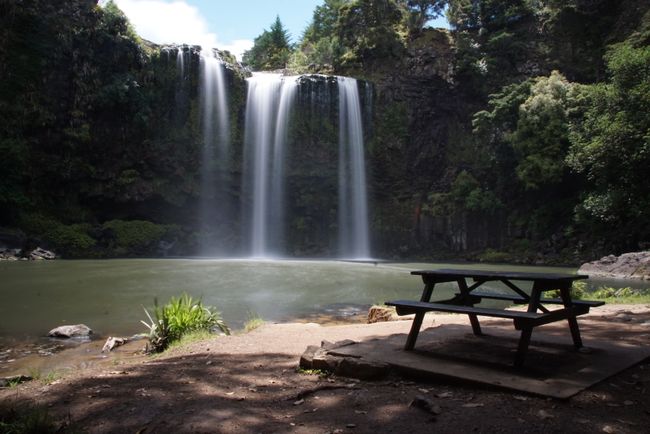
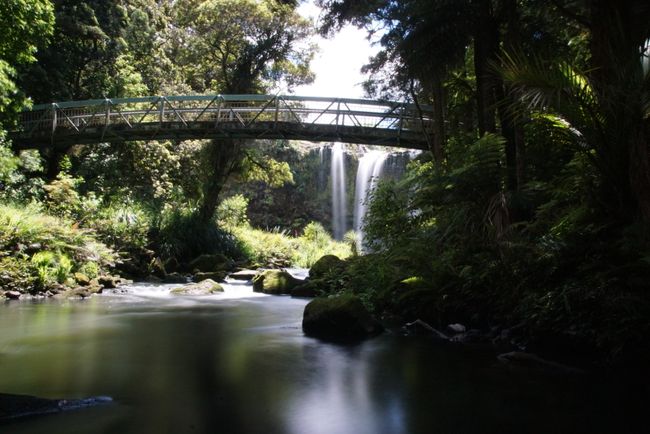
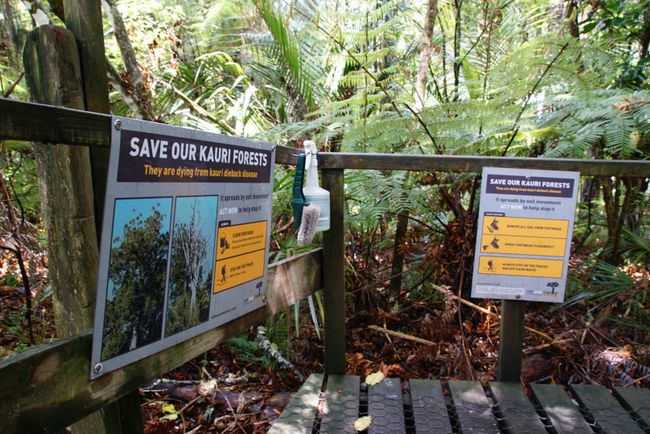
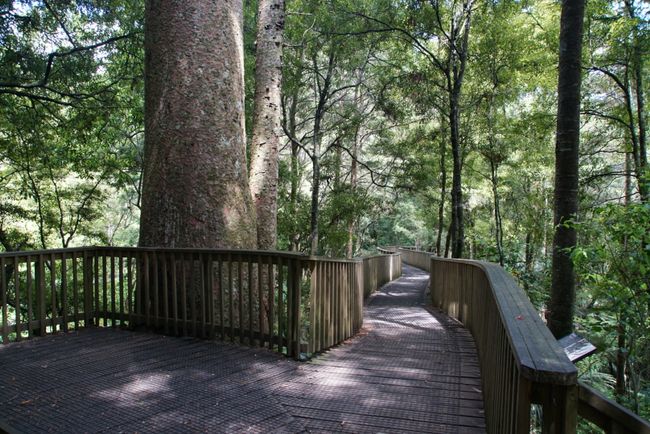
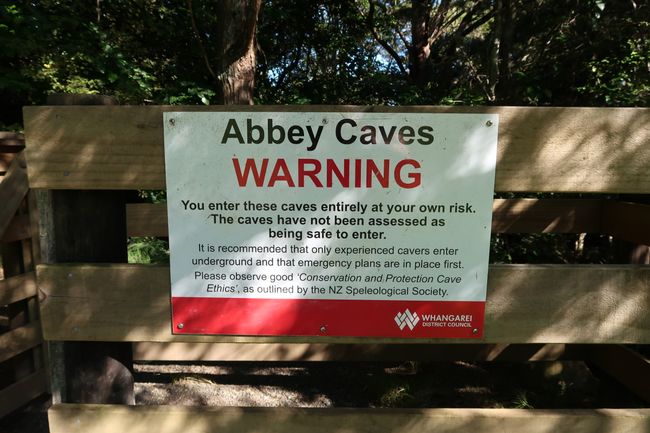
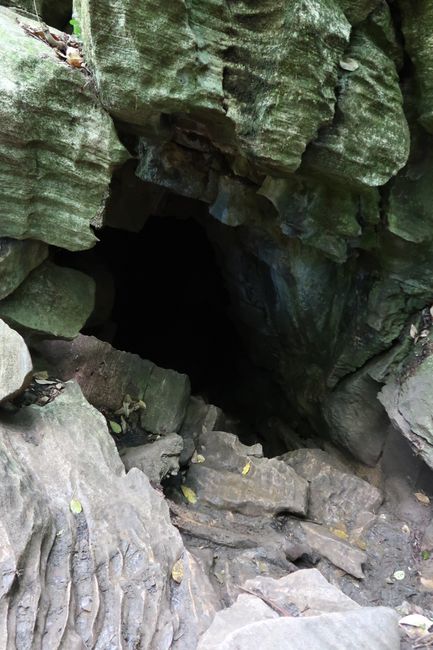
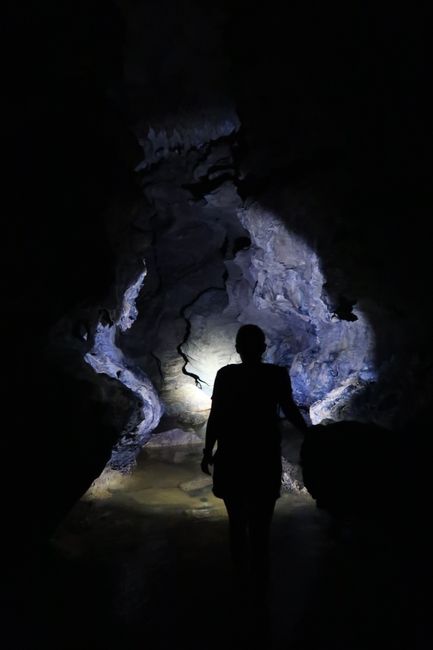
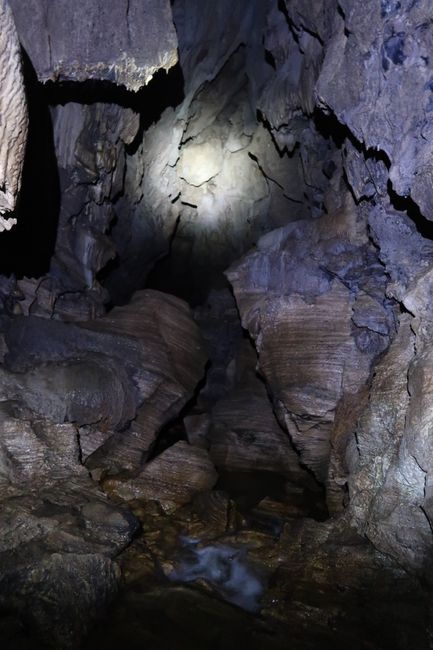
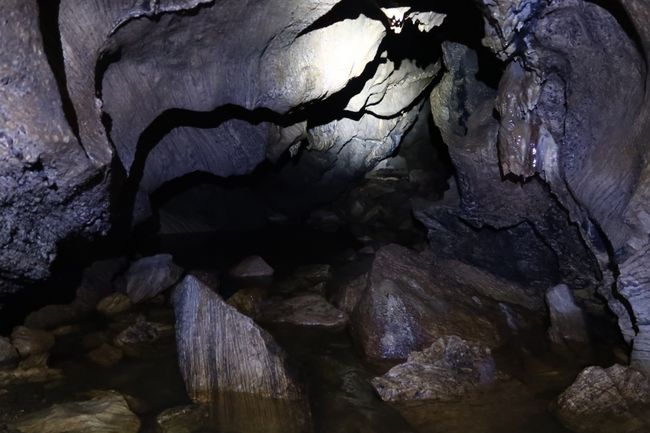
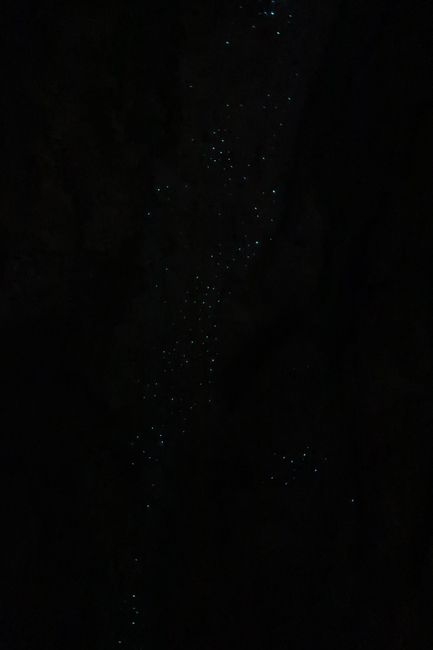
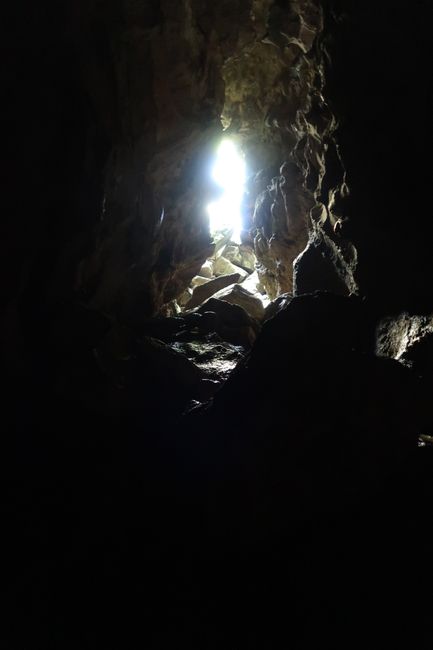
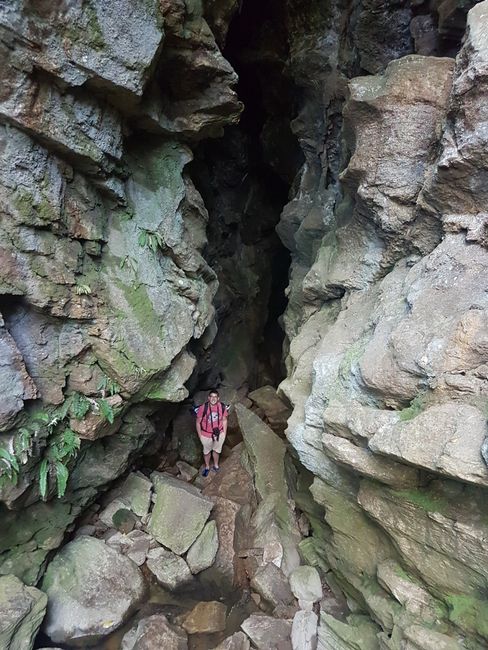
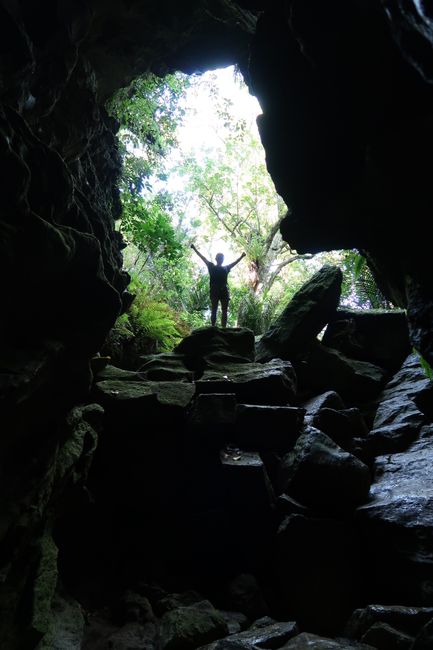
订阅时事通讯
After just one night, we left the campsite in Whangarei and decided to stay in an Airbnb accommodation for the next four days.
On 21/11/2017, we set up our room on the hills of Whangarei and took it easy for the last few days.
For those who want to know - Whangarei is pronounced 'Vängerei' by the way.
Rested from the last two days, we had several destinations on our agenda today. First was Whangarei's main attraction - the 26-meter-high waterfall. Luckily, we arrived at the site early, so we could admire the waterfall without a large crowd of people. Once again, we used the camera for long exposures from different perspectives.
The 'A H Reed Kauri Track' was the second destination on the list. At each entrance of such nature reserves, you are asked to clean and disinfect your shoes (+ camping equipment) according to certain guidelines. These washing stations are intended to ensure that the nature in the protected areas is spared from pathogens. We found out that a very dangerous fungus, which is spread by hikers, threatens the Kauri trees. After passing these stations, the walk took us through the forest, past 500-year-old Kauri trees.
Our last destination of the day were the Abbey Caves. They are a complex of caves consisting of three accessible caves. The respective caves are called: Organ Cave, Middle Cave, and Ivy Cave. The special thing about these caves is that they have not been developed by human hands. Therefore, entering and exploring is at your own risk. We had already bought swimming shoes for this and other occasions in Auckland.
The path to the caves led us through several gates with the inscription 'WARINING'. When we arrived at the first cave, the Organ Cave, we could already hear voices from the depths. We took a first look at the descent and were a bit hesitant. We decided to walk to the next cave because the first one is known for its steep descent. The Middle Cave looked much better. ;) At the same moment, a couple came towards us, encouraging us to descend into the cave. So we secured our backpacks and I, Nadine, put on our headlamp. With Tobi covering our backs, we climbed the first meters down the slippery rocks. The excitement grew as we heard splashing from a stream deep down. Excitement quickly turned into fun and curiosity for what was to come. The humidity increased and it became noticeably colder. Fortunately, it hadn't rained much in the past few days, so we only stood knee-deep in the ice-cold water. But why do visitors take this risk every day? In some caves in New Zealand, you can observe a beautiful natural phenomenon. At the ceilings of the caves, you can see blue 'glowworms' in complete darkness. In reality, these glowworms are mosquito larvae hanging from the ceiling. They use the blue light to catch insects. Whatever the case may be - the natural spectacle is definitely worth descending into the cave. The view of the many little glowworms ;) cannot be described - one could try to compare it to a starry sky.
When we were able to leave the Middle Cave, the spirit of adventure got hold of us and we decided to visit the Ivy Cave as well. In contrast to the Middle Cave, it is much deeper and the descent is more wet. Overall, this cave was much more challenging. Low passages made the descent with a backpack a challenge. Thanks to good teamwork, we made it to the largest chamber. Of course, there were also glowworms here, but not in such large numbers as in the previous cave.
In retrospect, we regret not exploring the Organ Cave. Nevertheless, we had an intense and impressive time in the other two caves.
With the right equipment, we can definitely recommend exploring the caves!
订阅时事通讯
回答 (1)
Christiane
Das hätte mir auch gefallen! Toll! Und solche "Glühwürmchen"-Höhlen habe ich auch schon erlebt. Das sieht wirklich bezaubernd aus. Weiter so!
旅行报告新西兰
